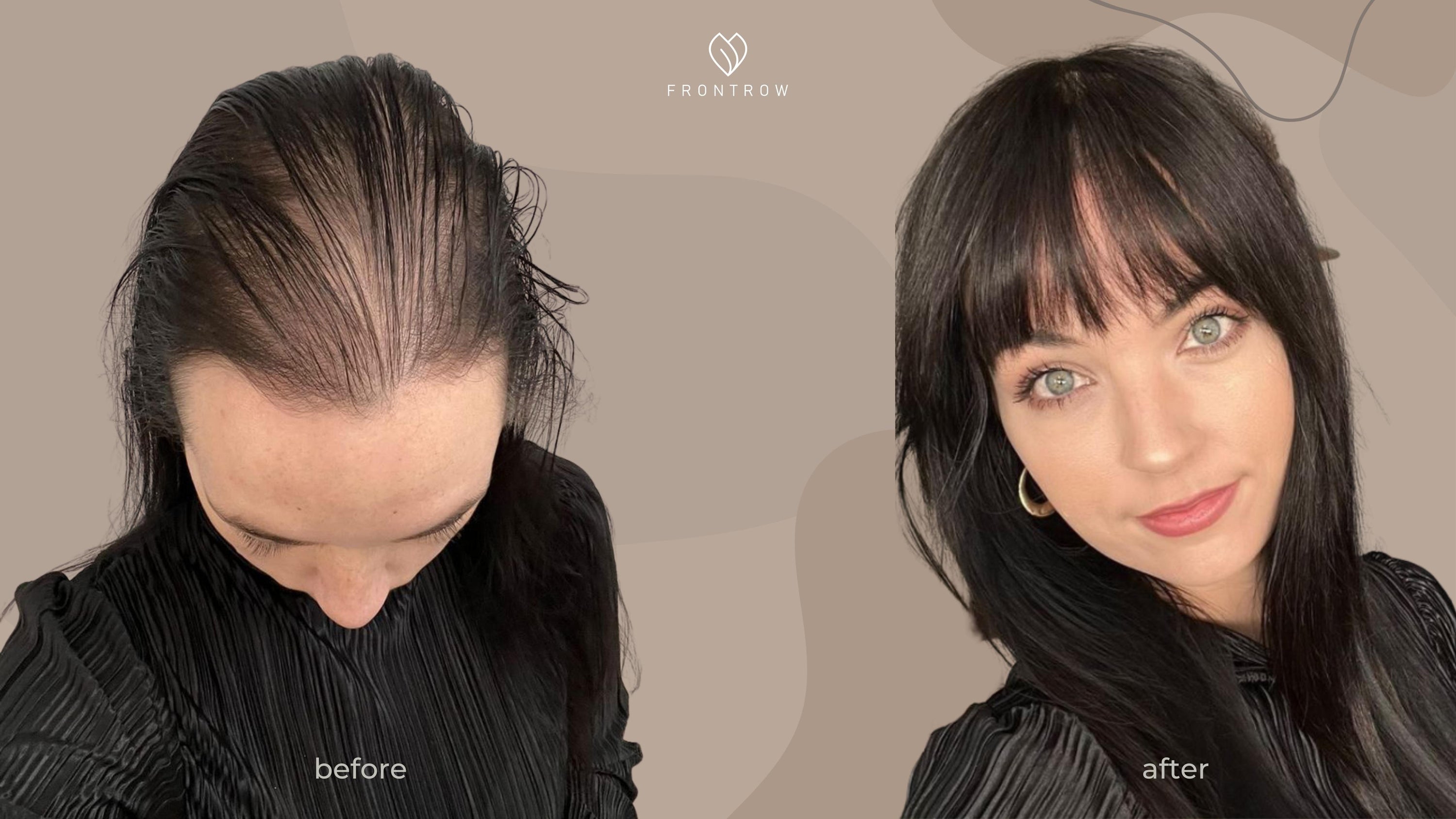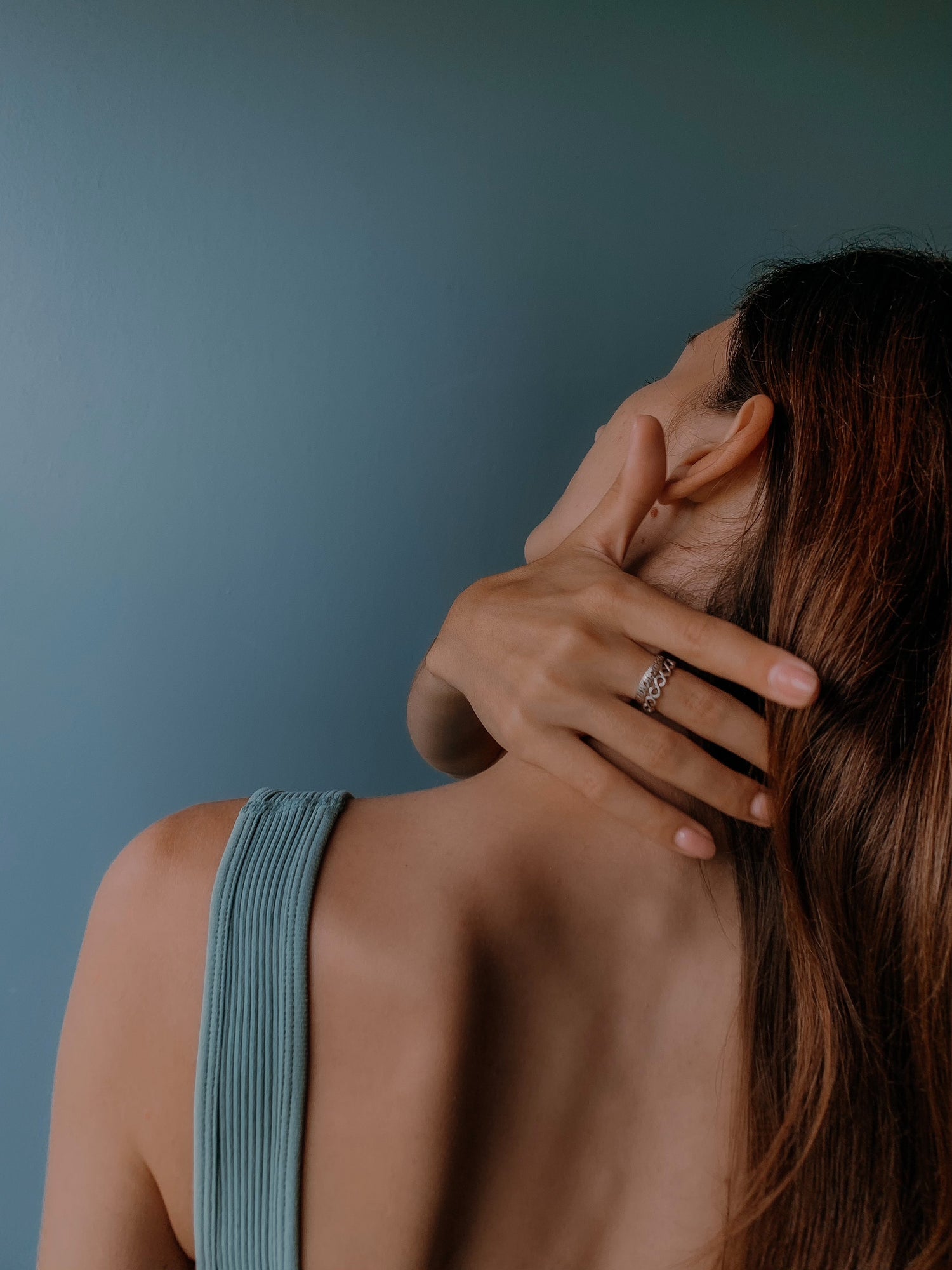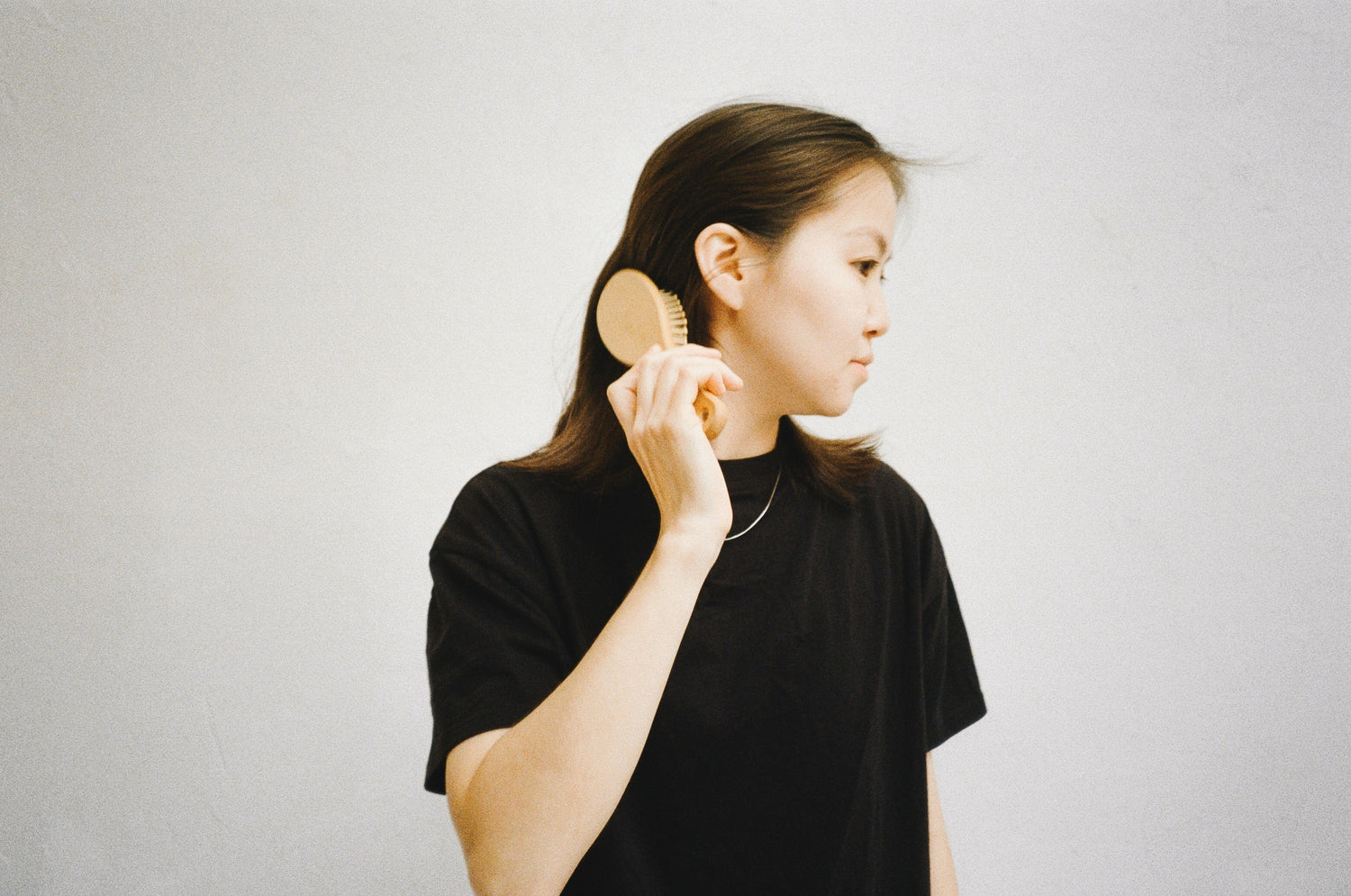Want to know why hair loss occurs?
Hair loss or 'Alopecia', mostly occurs on the head, but it can also occur on other body parts. There is no specific age that it happens and can affect 30% to 40% of the population. It can be difficult at times to identify the cause of hair loss, but reasons can range from genetics, ageing, disease, stress and poor diet and exercise. Many women have complained of losing a lot of hair after childbirth as well.
There are different types of hair loss, namely:
1. Hormones and Genetics – Androgenic Alopecia. Occurs mostly in men and causes balding of the crown and temple area. For women, the balding occurs first in the temple area and the crown, and can move down the sides of the head. Generally the back of the head still remains quite dense with hair. This type of balding usually only occurs in women after menopause.
2. Physical and Emotional Stress – Toxic Alopecia. This type of hair loss can sometimes only occur 2 – 3 months after the stress that ignited the hair loss reaction. The possible causes of Toxic Alopecia are: scalp infections, illness, sudden weight loss, child birth and pregnancy. Diabetes and thyroid issues also play a role here, as well as medications, such as chemotherapy, heart disease drugs and radiation.
3. Skin Disorders – Areata Alopecia. This is a skin disorder, that causes hair in the affected areas to fall out. It can happen in the scalp or beard and is common among young people. Luckily the hair usually grows back once the skin condition has been treated.
4. Psychological problems – Totalis Alopecia The hair follicle in this type of Alopecia is not at all damaged, but the inability to grow the hair back is psychological. Hair is lost from everywhere including the eyebrows and eyelashes. This type of hair loss is very difficult to fix.
5. Pulling at the hair – Trichotillomania. This type of hair loss is caused by constant tugging at the hair. It is a bad habit that can be corrected with the correct treatment.
6. Scars and Skin Cancer – Scarring Alopecia. This type of hair loss occurs in area where there is damaged skin or scarring often caused by skin cancer or burns.
7. Hairstyling – Traction Alopecia. Hairstyles that tug too hard at the hair follicles, such as tightly winding hair onto rollers, tight ponytails and cornrows can cause hair loss.
What can I do to prevent hair loss?
1. Take good care of your hair
Limit heat use on your hair, heat damages the hair follicles and scalp burns can permanently inhibit hair growth. Allow your hair to dry naturally as often as possible and avoid hair dryers, curling tongs and hair straightening irons where possible. When you do use these items, be sure to use a strong heat protectant beforehand!
Don’t use damaging hair extensions, such as keratin bonds and micro-ring extensions, which tug at the hair follicles and cause hair loss. If you want to wear hair extensions, the safest route with no damage is a set of clip-in hair extensions.
Slow down on the dyeing. All hair dyeing uses hydrogen peroxide to achieve the desired colour. This process raises the hair cuticle to enable penetration of the colour molecules, this cuticle raising causes damage to the hair. If you have to dye your hair, try only do it every 6-8 weeks.
Be sure to use high quality products when it comes to your shampoo and conditioner, prioritise ingredients that are nourishing for your hair.
2. Be careful when styling your hair
Stick to loose braids and ponytails rather than pulling the hair back into tight ponytails or braids. Certain hairstyles, when done daily, can cause unnecessary hair loss. Cutting your hair into layers can add body and make it appear thicker, but make sure you go to the right hair dresser for this, as you don’t want to cut off too much hair. Hair that is thin and all one length can cause the hair to lie flat at the roots, causing it to appear thinner.
3. Eat the right foods in the correct quantities
Remember a healthy body is much more likely to have a healthy head of hair. Your hair says a lot about the general health of your body. Be sure to avoid low calorie and liquid diets. These will really deplete your energy and can also cause hair loss. Avoid eating raw egg whites as this can interfere with the absorption of Biotin which promotes hair growth.
4. Take some vitamin supplements
You should consult with your health practitioner about the best supplements for you. Generally an increase in Vitamin A, Vitamin C, Iron, Protein and Biotin can help promote hair growth.

5. Limit stress
Hair loss can be a sure sign that it is time to take it easy. One of the best ways to counteract stress is with exercise. You can start with something easy like a short walk every day. Even if it is for 20 minutes a day, the increase in blood flow will promote hair growth, by ensuring that all the nutrients your hair needs to grow reach your hair follicles. Try some relaxing techniques like meditation or yoga to prioritise quiet time for yourself and minimise stress. Lastly, make sure you get enough sleep. For most adults 7 – 9 hours per night is sufficient.

If you're struggling with hair loss and are looking for a solution, why not try our Crown Topper? They are the perfect solution for anyone with hair thinning or balding around the crown area, or if you’re simply looking to add volume to the top of your hair. Our range includes a selection of colours in 16'' length and 110g fullness.







